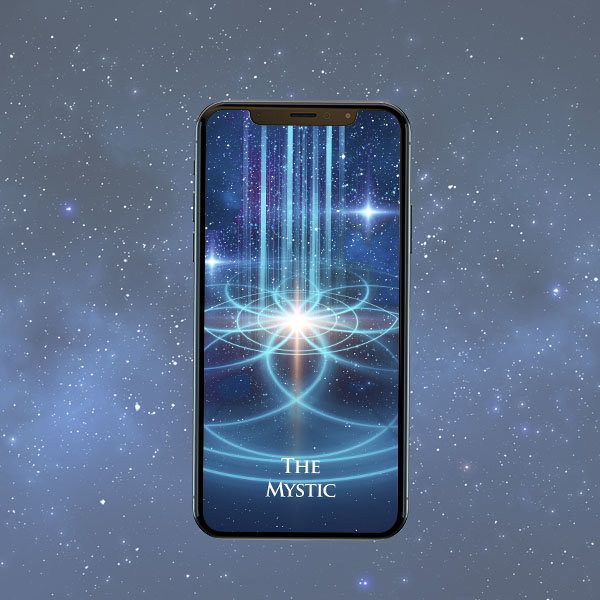When embarking on a spiritual path, we mostly likely yearn for mystical experiences. They can reveal a higher power, deep insight, and hidden meaning that illuminate a reality different from the physical materialistic one we are more familiar with. Ego-dissolving. Ineffable. Mystical experiences can be ecstatic trances, bilocation, precognition, synchronicity, visions, altered states of consciousness, and touching the hand of god.
Perhaps no archetype is more coveted by my students, or more misunderstood than the Mystic.
Some examples of a mystic from Caroline Myss:
Teresa of vila, Meister Eckhart, William Law, Hildegarde of Bingen (Christianity); Ba’al Shem Tov, Moses ben Nahman, Abraham Abulafia (Judaism); Rabi’a, Ibn al-‘Arabi, Mansur al-Hallaj (Islam); Sri Ramakrishna, Anandamayi Ma, Ramana Maharshi (Hinduism); Bodhidharma, Milarepa, Bankei, Pema Chödron (Buddhism); Chuang-tzu, Wang-pi (Taoism); Padrinho Sebastio, Credo Mutwa (shamanism).
Who is a Mystic? Subtle Energy gives the definition as : “A person who seeks by contemplation and self-surrender to obtain unity with or absorption into the Deity or the absolute, or who believes in the spiritual apprehension of truths that are beyond the intellect.”
This ultra-strength Mystic mandala evokes the archetype and first-person experience of the mystic mindset that gives rise to an altered state of consciousness that is conducive to spiritual awakening. Many users also report feeling more grounded and connected to everything around them.
Dr. Kavitha Chinnaiyan, cardiologist and author of The Heart of Wellness and Shakti Rising, reminds us that having mystical experiences does not make us more spiritual and not having them does not make us less spiritual. These are vehicles for deeper self-inquiry and an opporuntity to remember that all experiences are transient. Without a clear and illumined mind, we are apt to falsely identify these experiences for who we are. Perhaps by default, who others are not.
When we live through our senses in the external world, it is easy to become attached to mystical experiences. Perhaps for the first time, we find meaning for the struggles we face as a human. It is important, however, not to become attached to our mystical experiences. Attachment arises from lack. Connection on the other hand is natural. Attachment to mystical experiences can lead to spiritual bypass and spiritual materialism. These are more subtle ways we are still pursuing knowledge outside of ourselves.
As we progress on our spiritual journey, we come to understand that we are not our experiences and our identity goes far beyond all the labels we use to differentiate ourselves. Our name, our job title, our role as a parent, qualities like intelligent and charming, our orientation, success, failure … all these are elements of a story. We become aware of the awareness that is aware. The observer, the witness, the thinker thinking all these thoughts.
How do we know our spiritual practice is deepening? Look at how we respond to the external world. How do we define it? How dualistic is our perspective? Is it good versus bad? Smart versus stupid? How do we respond to people “who have trespassed upon us”? Are we plagued with inertia or always in movement without pause? Are we generous, compassionate, forgiving? How comfortable are we with ourselves, by ourselves, without distraction? In stillness, silence, and self reflection?
Life becomes a prayer in motion and all experiences are actually mystical, sacred, and mundane without division. The need to label them as such dissolves. Our attachment to having mystical experiences fall away as we become fully grounded in the present moment. Every experience becomes transcendent.


